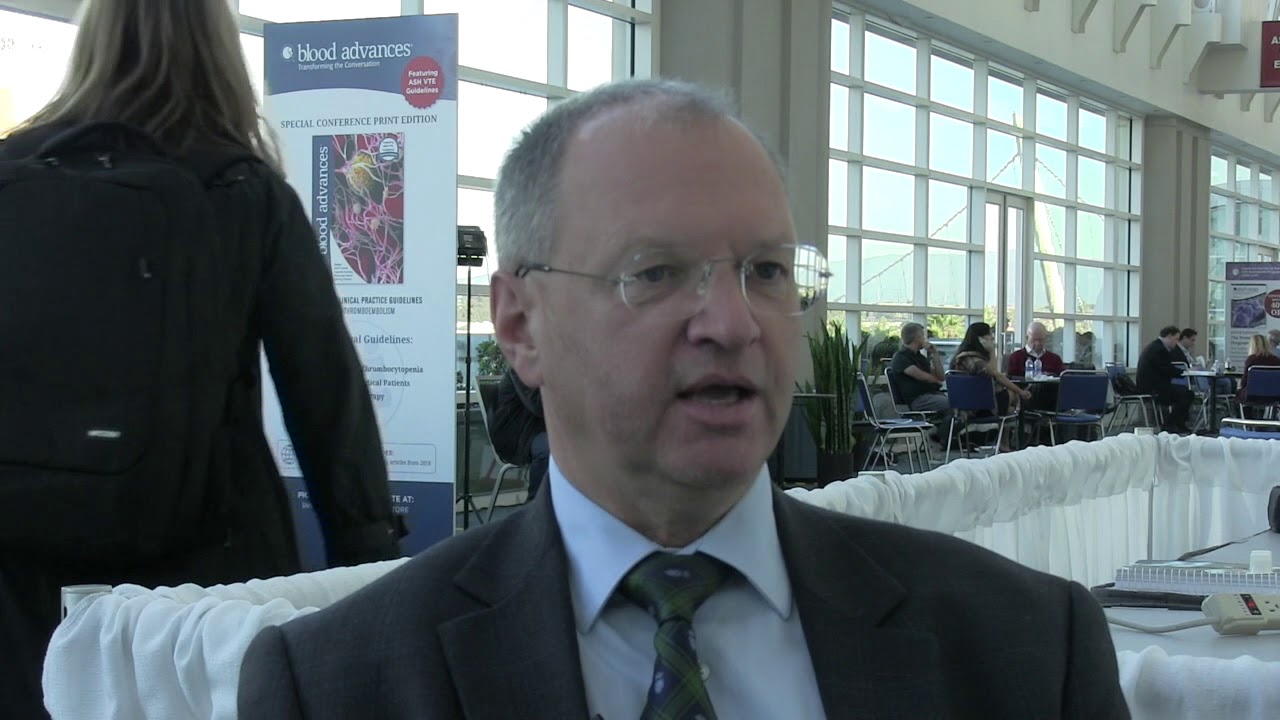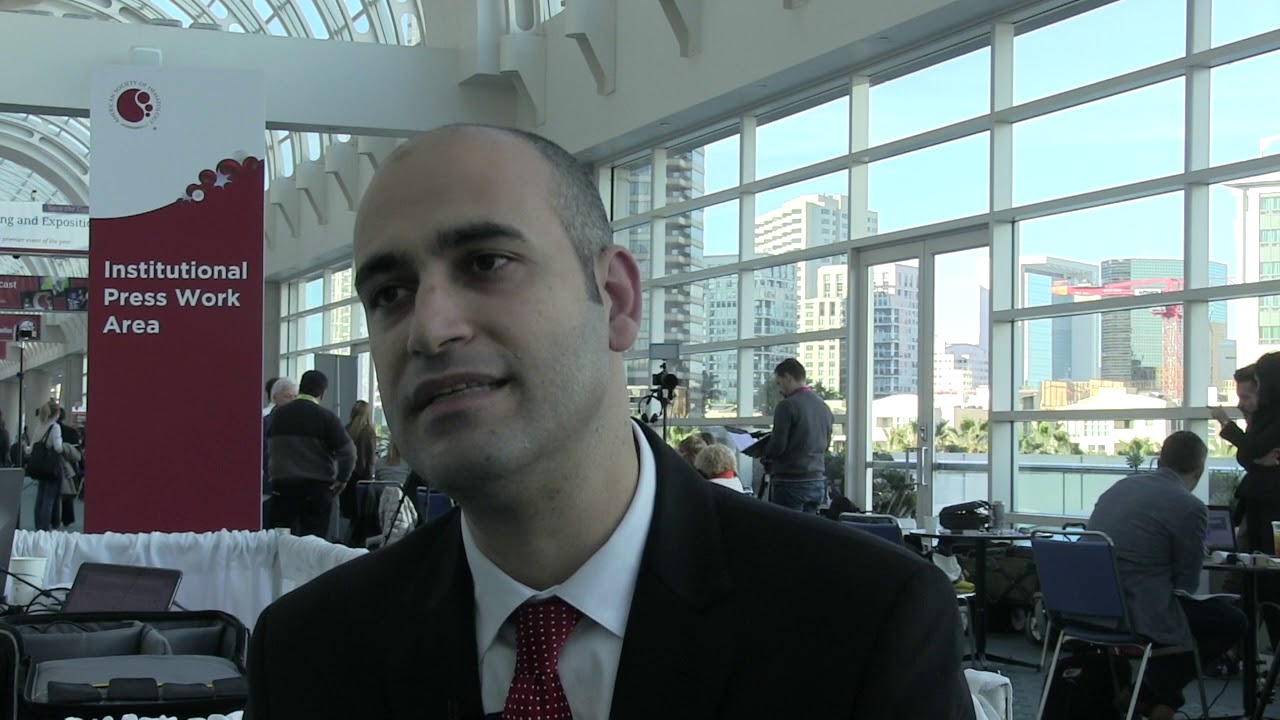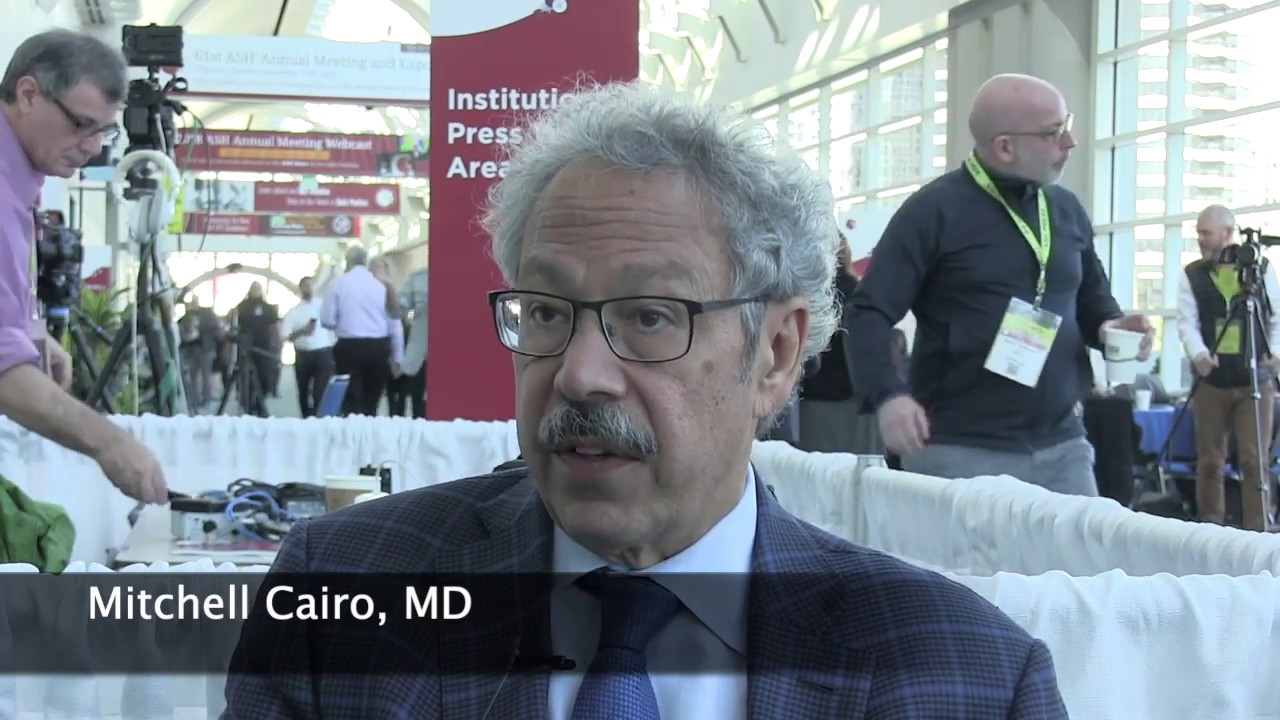Some patients receiving low-molecular-weight heparin (LMWH) such as enoxaparin benefit from routine laboratory monitoring, such as those who are very underweight or overweight, those with renal dysfunction, those who have had a bleeding event on LMWH, and those who have experienced treatment failure.
“Appropriate monitoring of enoxaparin and correct timing of anti-Xa levels is crucial to facilitate proper clinical decision-making and dose adjustments,” according to researcher Muhammad Effendi, PharmD, of Yale New Haven Hospital, presenting his team’s research findings at the ASH annual meeting. “Timely follow-up to drug levels is also critical when the values are out of range, which may increase the risk of toxicity or decreased efficacy.”
A retrospective chart review at the authors’ institution in 2015 demonstrated less-than-ideal clinical decision-making and dose adjustments. Therefore, the group implemented a pharmacist-led protocol for anti-Xa level monitoring and assessed the protocol’s impact with a follow-up chart review. The original chart review examined 100 cases of adult patients on LMWH who were ordered to receive anti-Xa level monitoring. The review found that in 36% of patients, there was no documented indication for therapeutic monitoring of the LMWH and that 35% of anti-Xa levels were drawn outside of the recommended three to five hours after the previous LMWH dose. Furthermore, follow-up on abnormal levels was performed for only 39% of the patients.
The institution implemented a pharmacist-driven protocol for anti-Xa level monitoring, and the authors evaluated whether the protocol affected compliance with institutional guidelines for LMWH monitoring, including indication for drug monitoring, timing of monitoring, and follow-up for abnormal results.
The follow-up retrospective chart review included 109 anti-Xa levels 102 patients who met inclusion criteria: adult patients who received therapeutic enoxaparin and were ordered for an anti-Xa level between October 17, 2017, and July 1, 2018. The researchers assessed patient demographics, enoxaparin dose and indication, ordering service, presence of a hematology consult, indication for anti-Xa level monitoring, timing of the level after previous enoxaparin dose, timing of sample collection by nursing staff, appropriate number of doses prior to level, appropriateness of follow-up action upon abnormal levels, bleeding events, and recurrent thrombosis.
They found that 93% (97/109) of levels were ordered appropriately, and of the levels scheduled correctly, 87% were drawn at the appropriate time. Subsequently, 57 levels were not within therapeutic range; 75% of those had a documented follow-up by a pharmacist, including a recommended action plan. The authors concluded that the pharmacist-led protocol significantly increased the number of correctly drawn anti-Xa levels, as well as appropriate follow-up.







 © 2025 Mashup Media, LLC, a Formedics Property. All Rights Reserved.
© 2025 Mashup Media, LLC, a Formedics Property. All Rights Reserved.